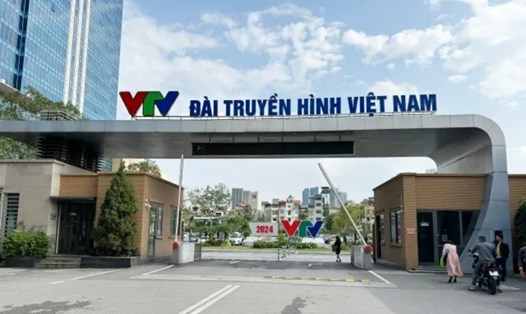As Lao Dong reported, on December 5, Permanent Deputy Prime Minister Nguyen Hoa Binh - Deputy Head of the Steering Committee for summarizing the implementation of Resolution 18-NQ/TW - signed and issued plan No. 140/KH-BCDTKNQ18 to direct the arrangement and streamlining of the Government apparatus.
On the basis of implementing the above plan, the organizational structure of the 15th and 16th Governments (term 2026-2031) is streamlined as follows:
- There are 13 ministries and 4 ministerial-level agencies (reduced by 5 ministries).
- There are 4 government agencies (reduced by 4 government agencies).
Regarding internal organization, continue to reorganize and streamline focal points, drastically reduce the number of general departments, bureaus, divisions, and public service units under the Ministry, and the number of departments, divisions, and public service units under general departments.
After streamlining the focal points and adjusting the functions and state management tasks of ministries and ministerial-level agencies, the current overlapping problems will basically be overcome.

This option has the following advantages, limitations and impacts:
Accordingly, perfect the organizational model of the Ministry for multi-sectoral and multi-field management for a number of fields; at the same time, reasonably adjust the assignment of state management for a number of sectors and fields, overcome overlaps and interferences in functions and tasks between ministries and ministerial-level agencies.
Along with the arrangement of the Government's organizational model, the internal organization of ministries, ministerial-level agencies, and government agencies will be rearranged to be streamlined, effective, and efficient.
At the same time, restructure the team of cadres, civil servants and public employees, improve the quality of the team and thoroughly streamline the payroll in conjunction with implementing the policy of attracting talented people to the public sector.
Regarding limitations, due to the large number of agencies subject to rearrangement and the wide scope of impact, it is inevitable that there will be an impact on the thinking of cadres, civil servants, and public employees, especially those holding leadership positions.
Implementing this arrangement plan, the scale and scope of a number of multi-sectoral and multi-field management ministries will be large, placing high demands on the heads of ministries and the ministry's leadership team. Therefore, careful preparation in personnel work is needed to ensure the plan is implemented synchronously and effectively.
According to the Government, the reorganization of the Government apparatus involves adjusting the names, functions, and tasks of a number of Ministries and ministerial-level agencies currently regulated in specialized laws.
After reviewing 247 laws, there are 113 laws regulating the names, functions, and tasks of the Ministries, ministerial-level agencies, and Government agencies subject to the above-mentioned arrangement.
When the National Assembly issues a Resolution on the organizational structure of the Government, there will be transitional provisions as follows:
The functions, tasks and powers of a number of Ministries and ministerial-level agencies that have been stipulated in current laws and ordinances, but now have changes in structure and organization according to this Resolution, shall be transferred to the corresponding Ministries and ministerial-level agencies from the date these agencies are reorganized.
Assign the Government to decide on the division of authority of the Prime Minister, Ministers, and Heads of ministerial-level agencies or decentralize to local authorities the decision on issues in specialized laws that currently assign authority to the Prime Minister, Ministers, and Heads of ministerial-level agencies, ensuring compliance with the functions and tasks of the Government as prescribed by the Constitution.
To limit the impact of organizational restructuring and streamlining on cadres, civil servants and public employees, there must be strong and outstanding policies for those affected by the restructuring process.
This is to reduce the ideological and psychological pressure of cadres, civil servants and public employees and ensure the rights of cadres, civil servants and public employees in the process of restructuring and streamlining the organizational apparatus.











